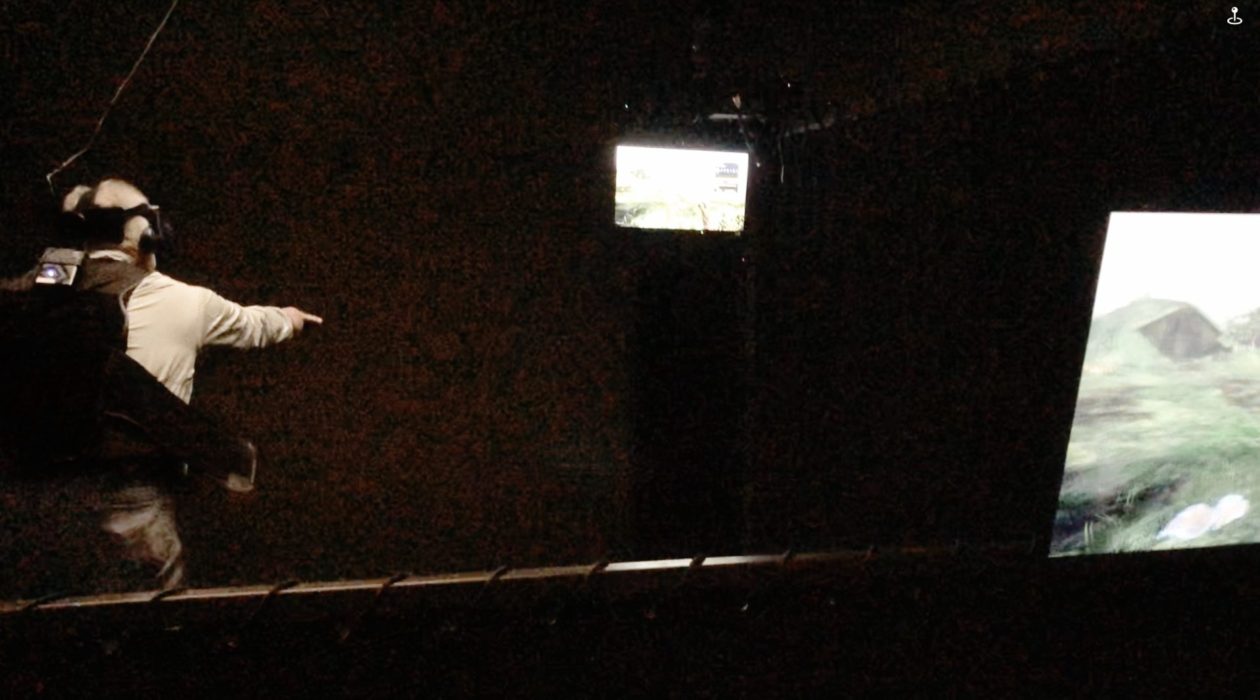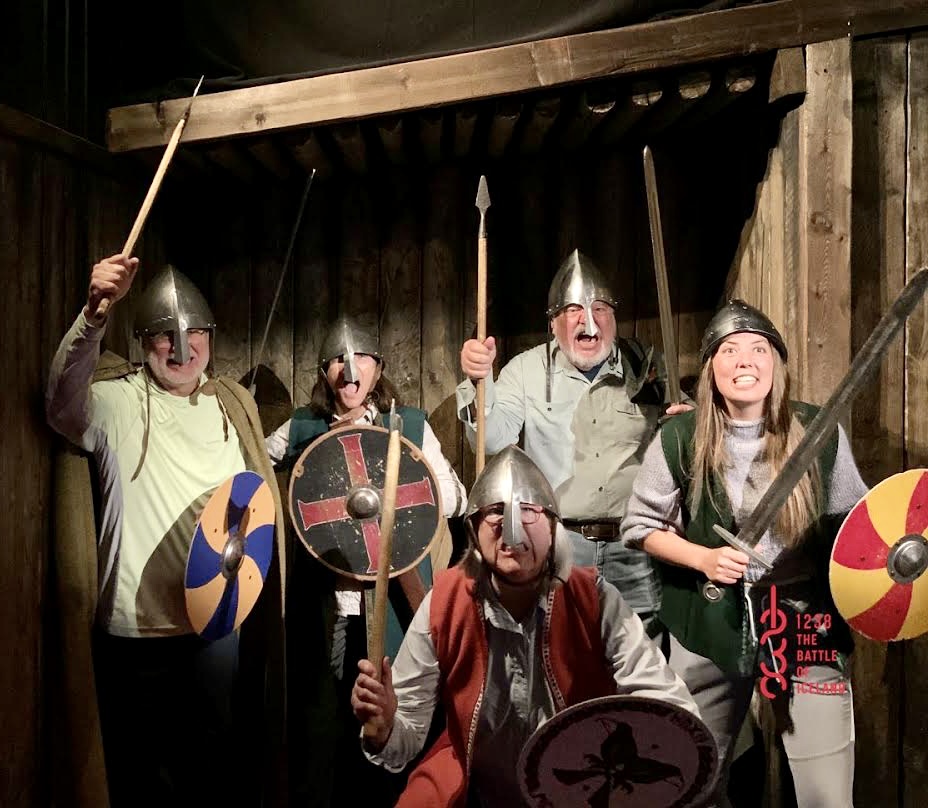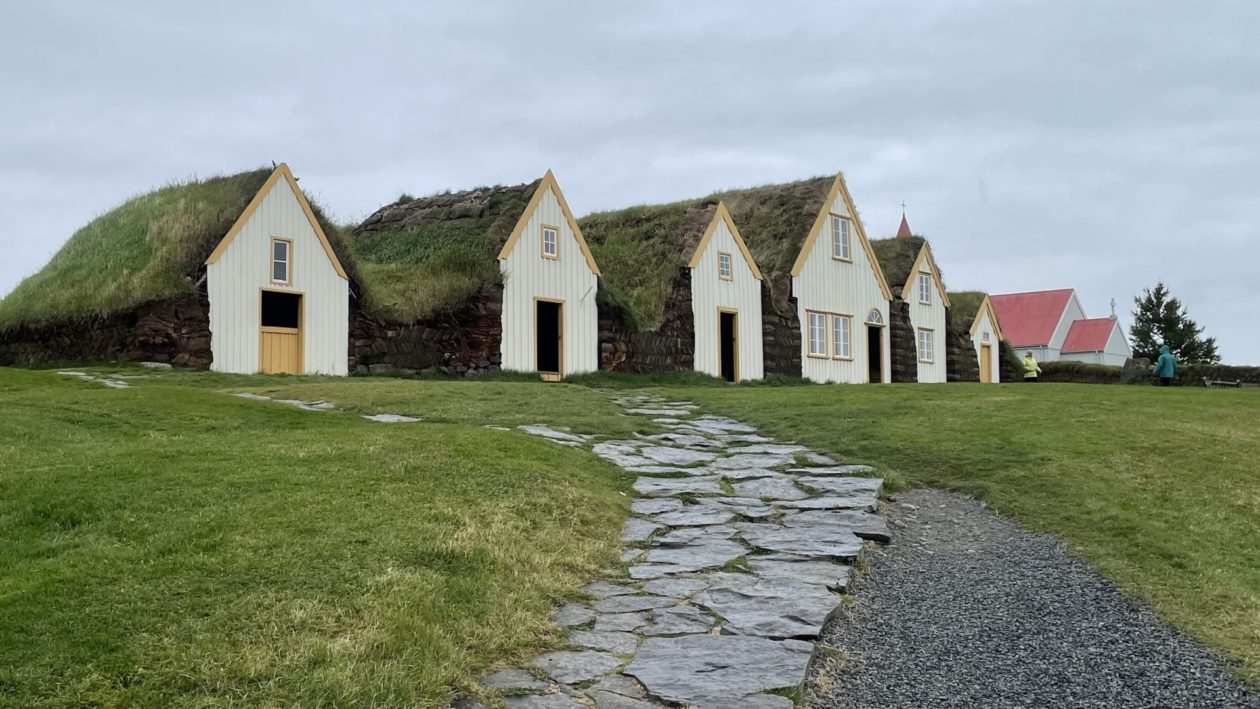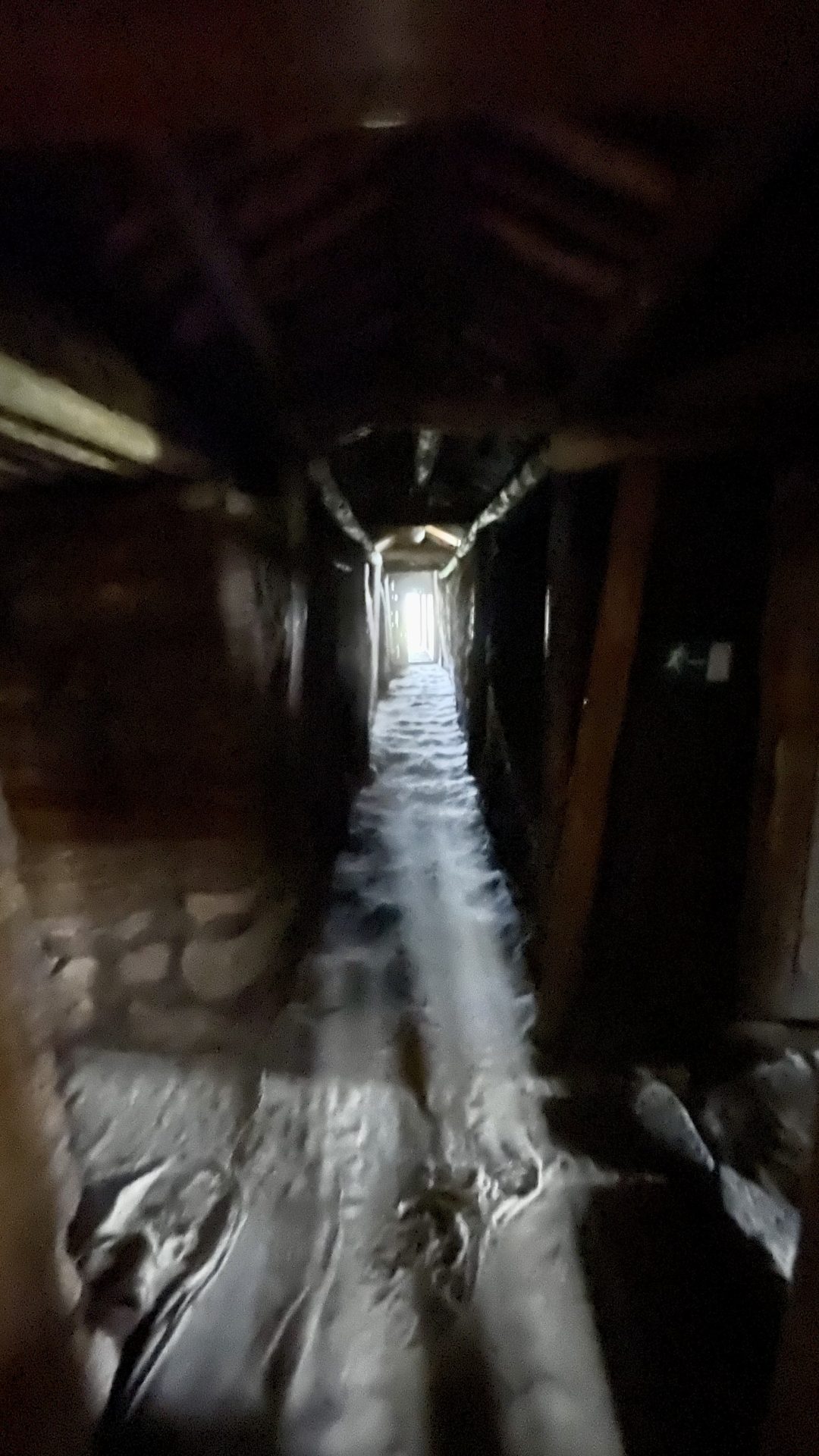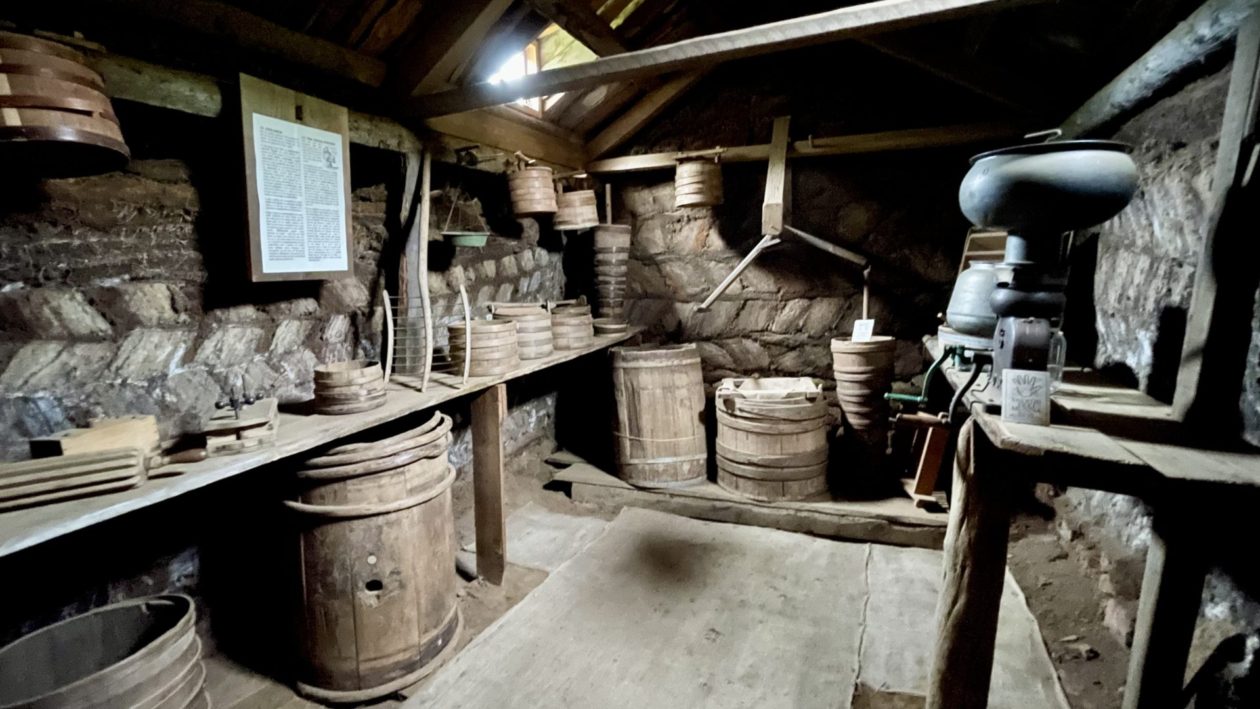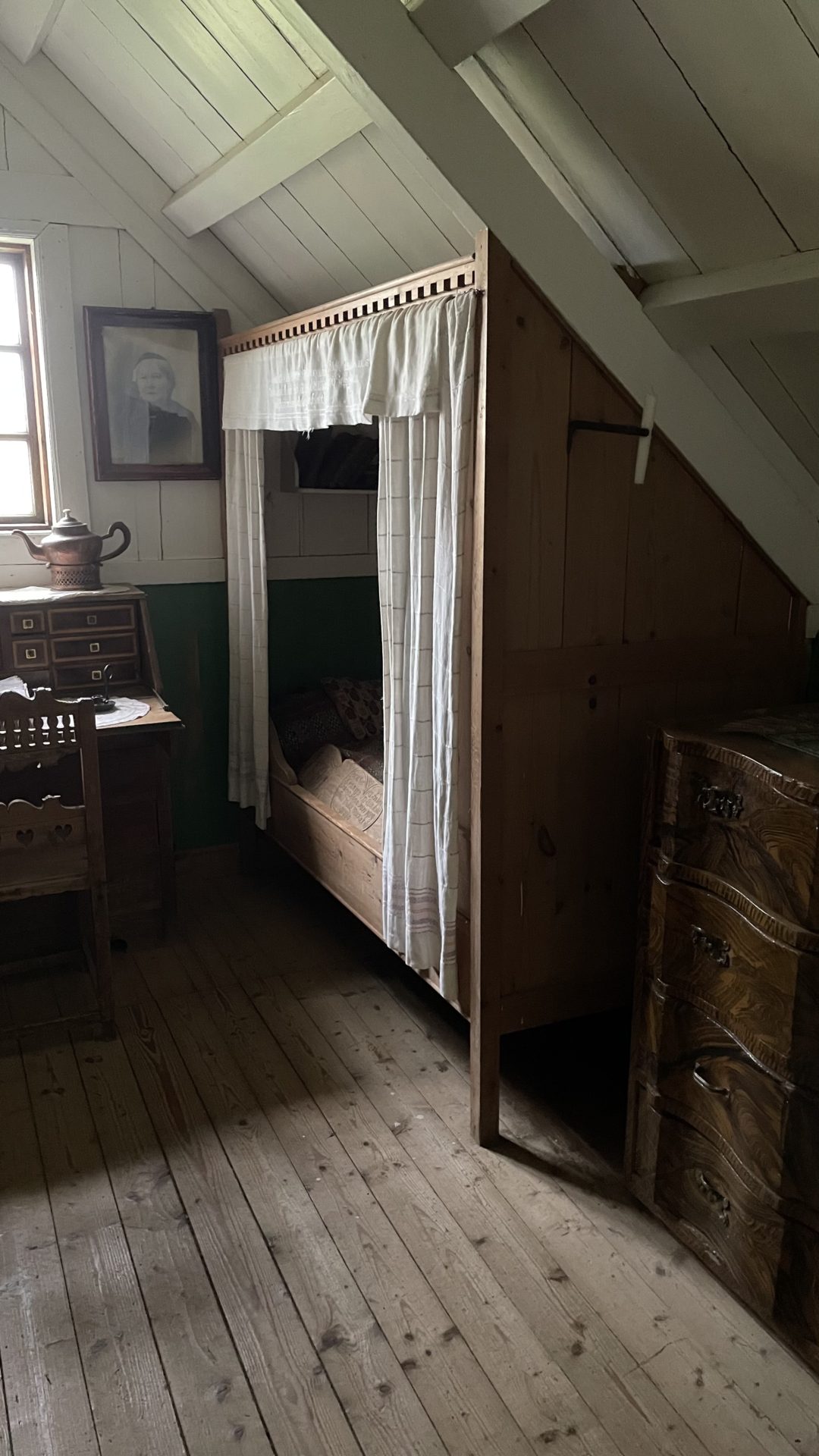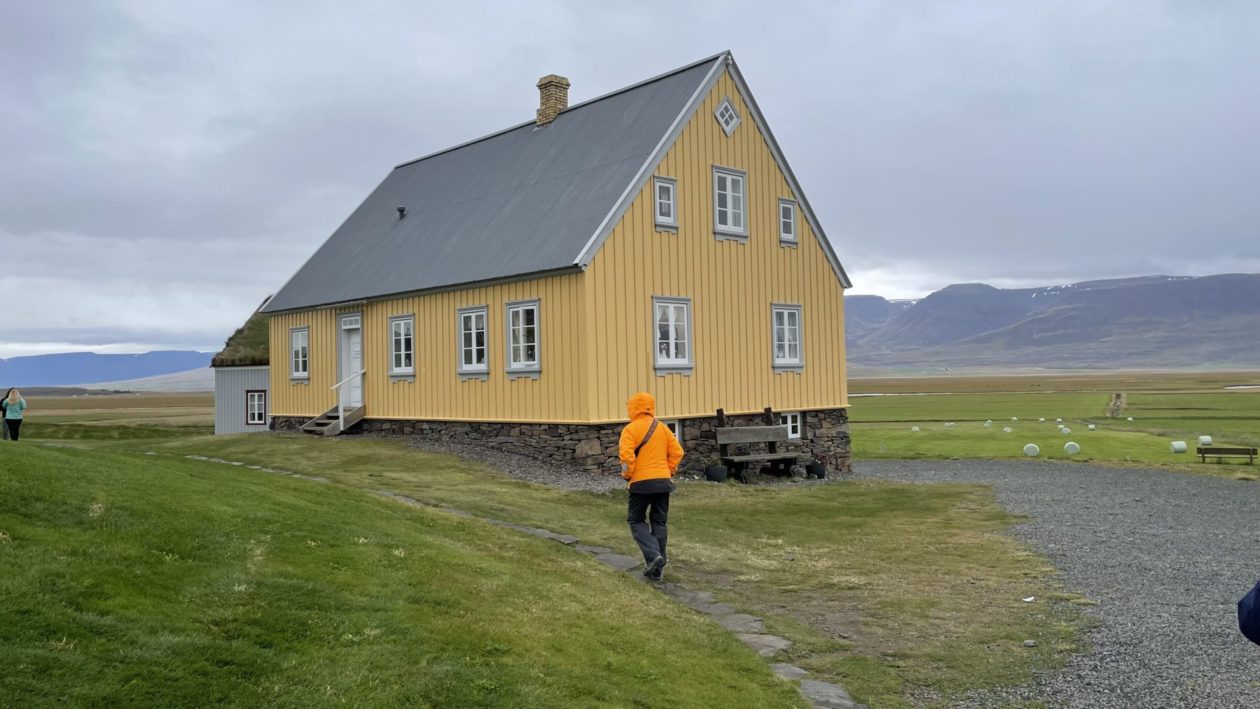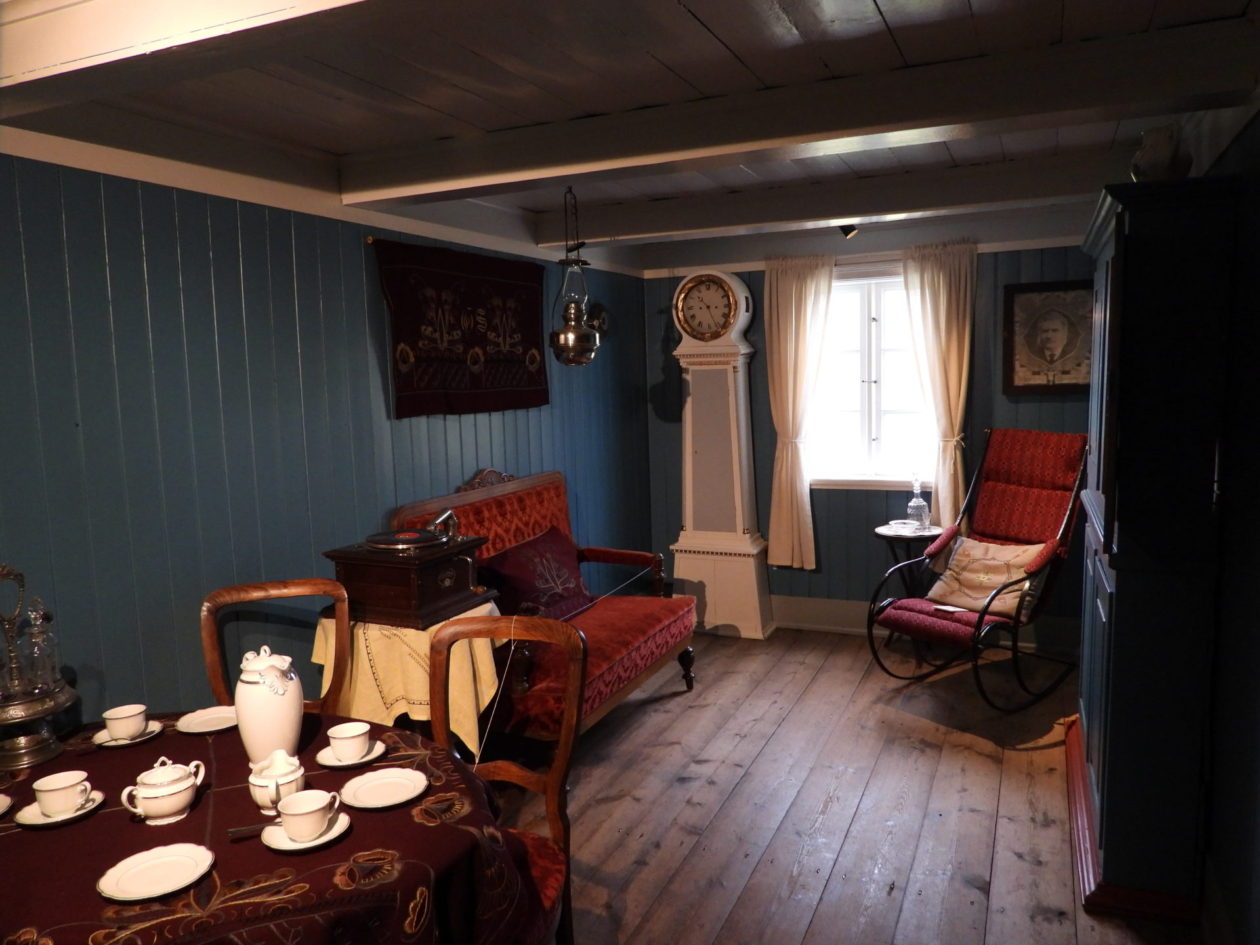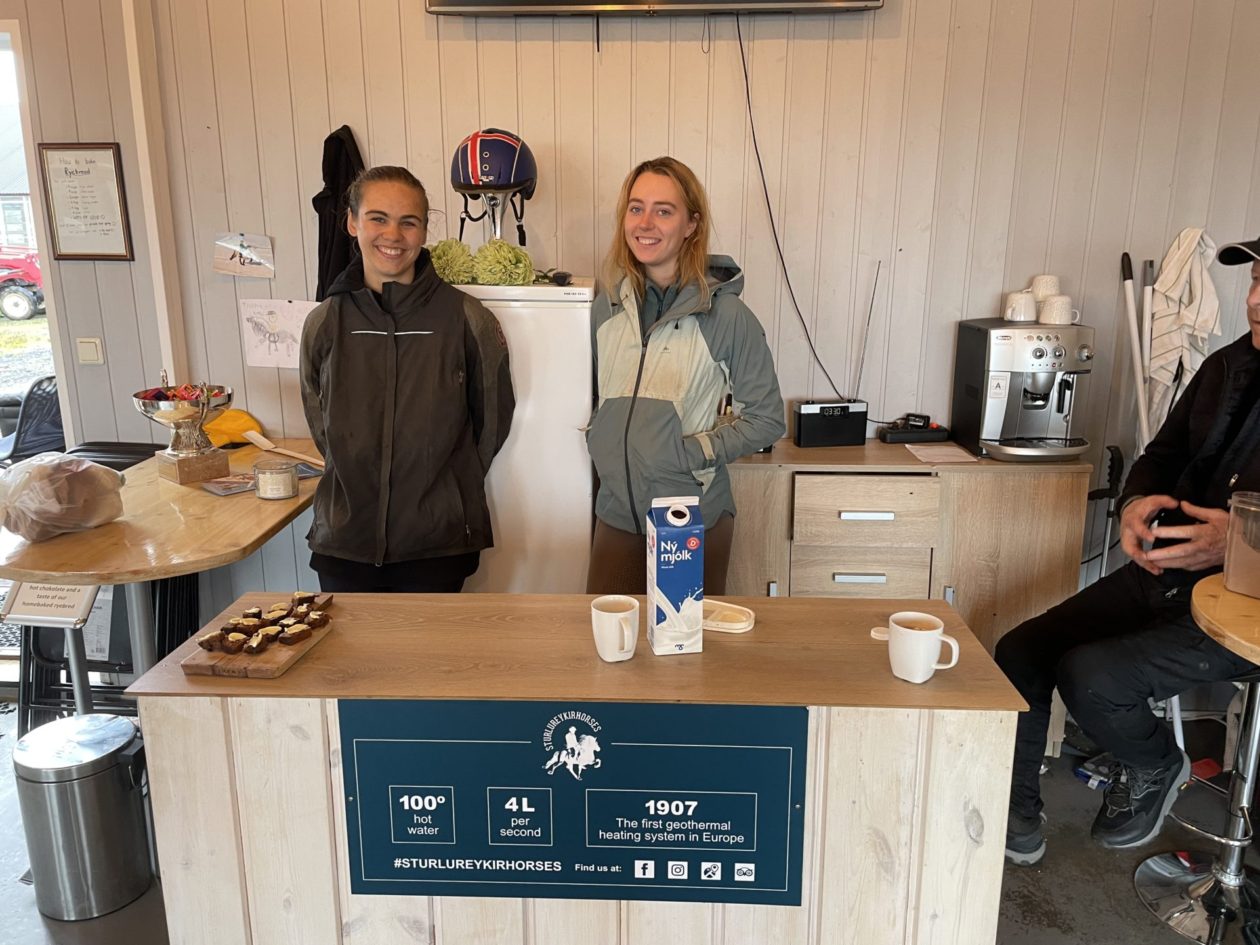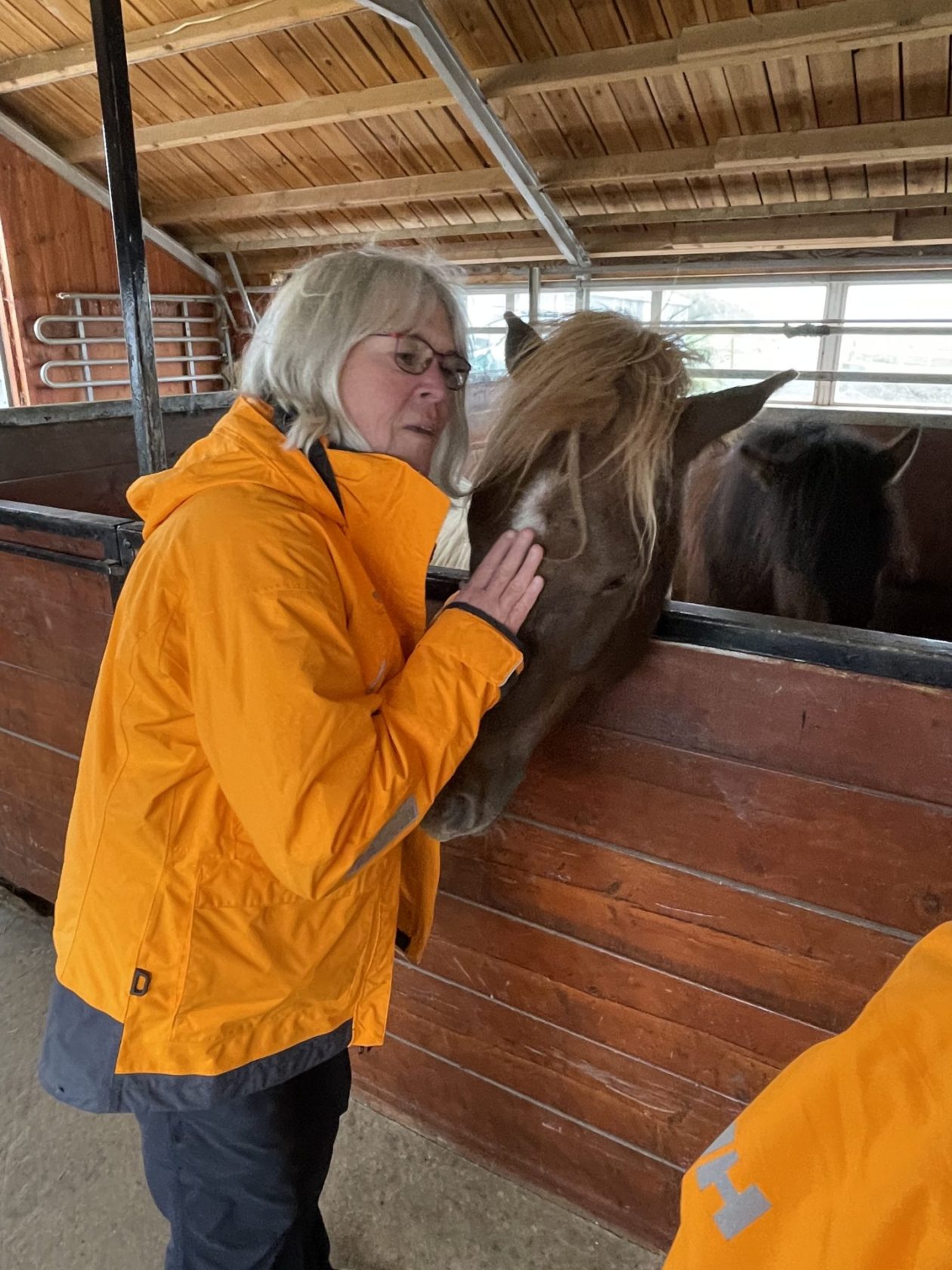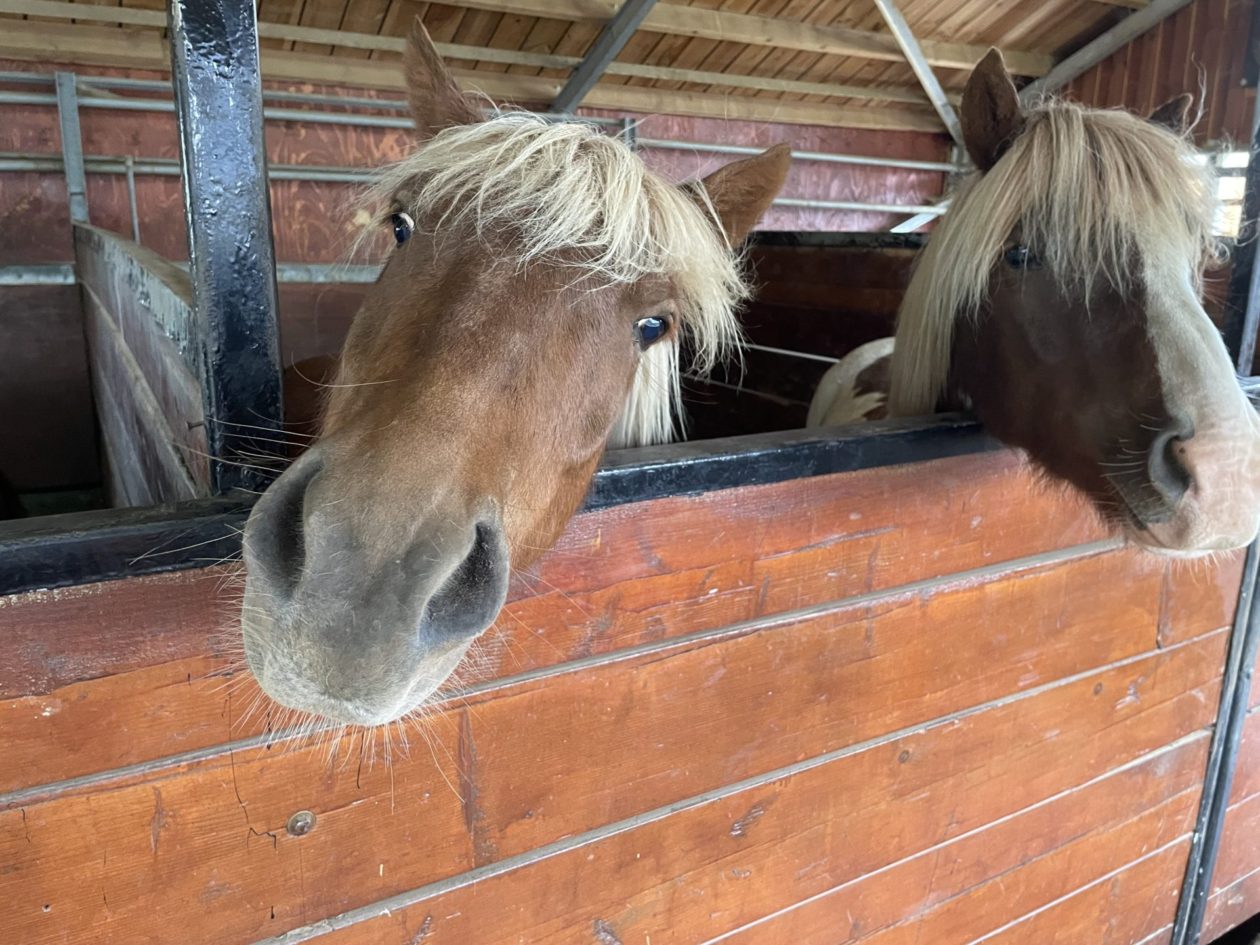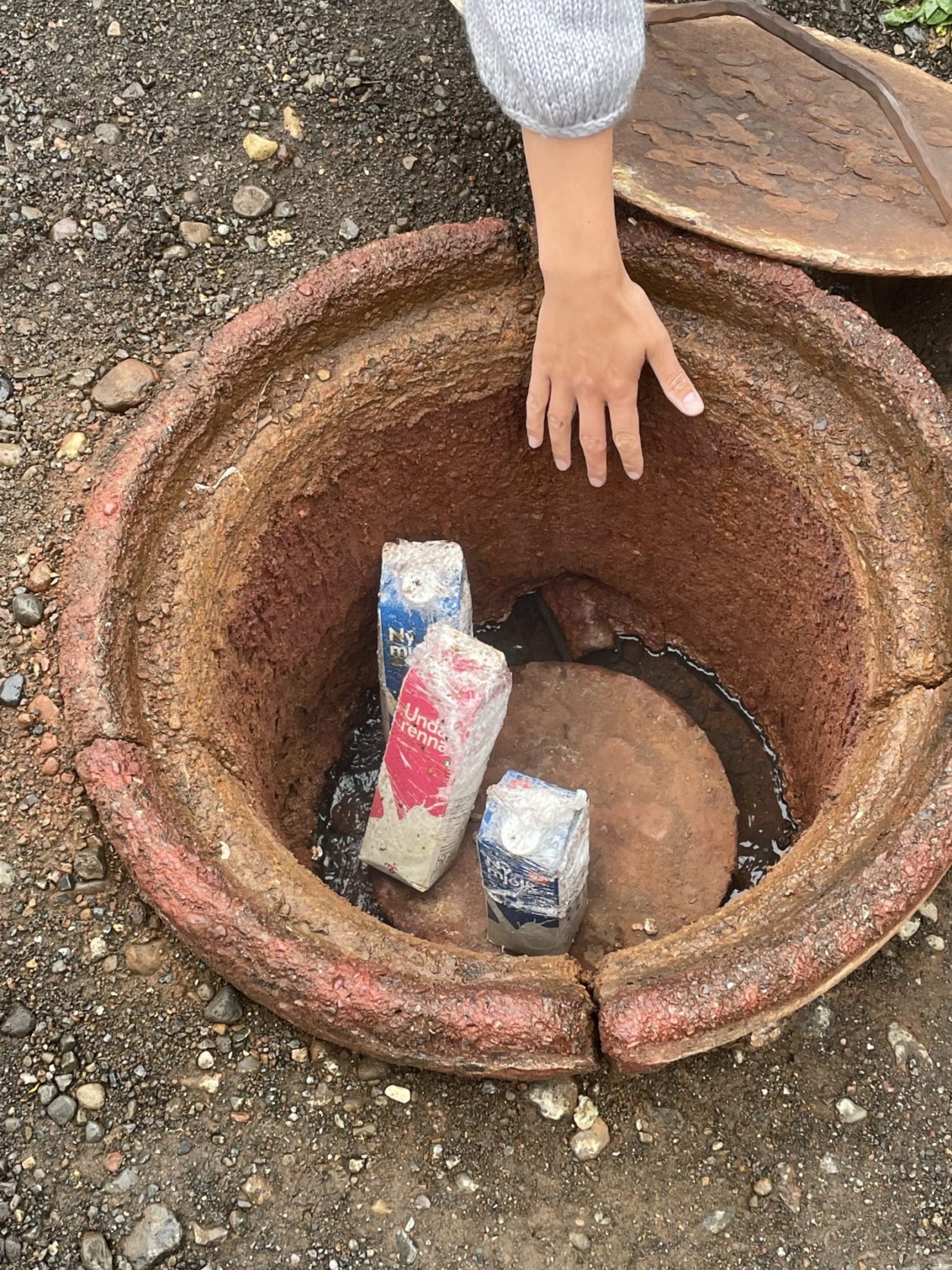- The Nordic Sojourn 2022 — start of trip
- Western Norway — Fjords, mountains, and a lot of rain!
- Longyearbyen, Svalbard, and start of the cruise
- Magdalenefjorden and Gravneset
- Texas Bar and…
- Arctic pack ice and polar bears — what a day!
- Ny London, Ny Alesund, and the massive glacier!
- Poolepynten and fin whales!
- Northeast Greenland National Park and Scoresby Sound
- Ittoqqortoormiit, Greenland
- Patreksfjordur, Iceland and the bird cliff
- Reykjavik and the start of our Icelandic sojourn
- The Golden Circle, Iceland
- Reykjanes Peninsula, Iceland
- Westman Islands, Iceland
- The South Coast and Waterfalls, Iceland
- Vatnajökull National Park — Svartifoss, Skaftafell and Glacier Lagoon Jokulsarlon, Iceland
- The East Fjords, Iceland
- Working our way north — canyons, wastelands, fumaroles, pseudo craters and lakes!
- The Diamond Circle
- Akureyri, a breakdown, and a detour
- VR Viking battle, Glaumbær, Icelandic horses, and back to Reykjavik
- Husafell
- Into the Volcano!
The next day brought rain, a blessedly rare occurrence on our trip around Iceland. Having a boat trip to Drangey for birdwatching cancelled because most of the sea birds had already migrated, we needed something to do. Luckily, we had seen a brochure along the way for something called 1238: The Battle of Iceland that was an immersive exhibition that took a traditional history museum to a whole new level. Here we took part in one of Iceland’s most fearful battles — the battle of Örlygsstaðir using virtual reality (VR). This was a critical battle shaped Icelandic history and was the beginning of the end of Iceland’s independence. This battle is part of one of the Icelandic Sagas and really reveals the types of feuds between clans that marked this era in Iceland’s history. It really reminded me of the Hatfields and the McCoys in a lot of ways, but here kids grow up learning about the sagas. They are an important part of their heritage. Anyway, after walking through a lot of static displays and learning more the battle and key players, it was time to suit up and get in the game. In the VR, we had the opportunity to try to kill opponents using stones and spears while shielding yourself from getting killed. This was really the first time I tried a VR experience and I am hooked. It is also an excellent way to learn history — by being there virtually. At the end of the VR experience, we walked through some dark, smoky passageways, trying to capture what it was like to escape from a battle like that and ultimately got to dress up in Viking garb for a photo. Check this place out (https://1238.is). If you are ever in Iceland, this might be worth a drive!
From there, we went to Glaumbær, a historic farm comprised of 13 buildings to see what life was like in the 18th and 19th centuries here. There actually have been farms on this site dating back to the settlement of Iceland in the 9th century. It was incredible to walk through these turf-roofed farm buildings and hobbit-like houses where you could have dozens of people living in the partially buried, extremely dark habitations. The good news is that these buildings have been well-preserved and have lots of authentic furnishings and other bric-a-brac that would have been used during this time. What really amazed me was these buildings were inhabited until 1947! Yikes!
Our last stop for the day was the Sturlureykir Horse Farm. It is a local horse breeding farm that has about 60 horses. They offer horse riding, but we were just there to learn about the farm and the horses.The farm has been in the same family for over 150 years. We had been seeing Icelandic horses in the wild all over the country and were interested in learning morfe. This breed of horses developed here in Iceland. They tend to be small in size, but are hardy and long-lived. They also come in many colors and have almost a Tennessee Walker gait. Icelandic horse are in high demand around the world, but there is a strict policy that when a horse leaves the country, it can never return for fear of importing diseases. Consequently, you don’t see a lot of Icelandic horses in international competition. Anyway, we went out to the stables to visit the horses and, of course, everyone had their favorite. Our guides were two German girls who were there as interns for the summer. Apparently, getting these jobs is very competitive. After visiting the horses, we went out back to look at the hot spring that provides central heating for all their buildings. In fact, this farm was the first location in Iceland to use geothermal to heat their property. They also use the hot spring water to bake rye bread underground from a 100 year old family recipe. And yes, we tried the bread. I really liked it; the others were not as positive…
